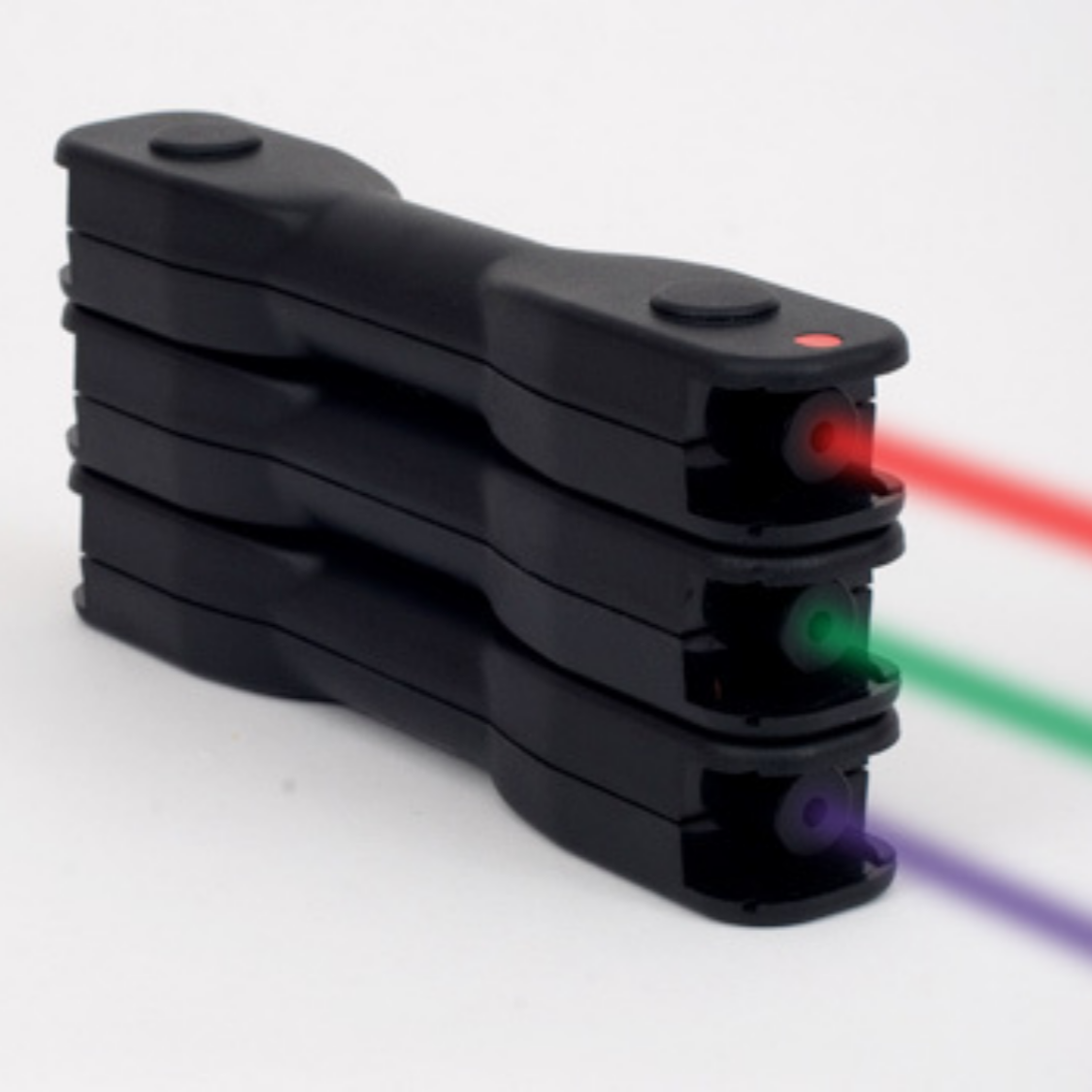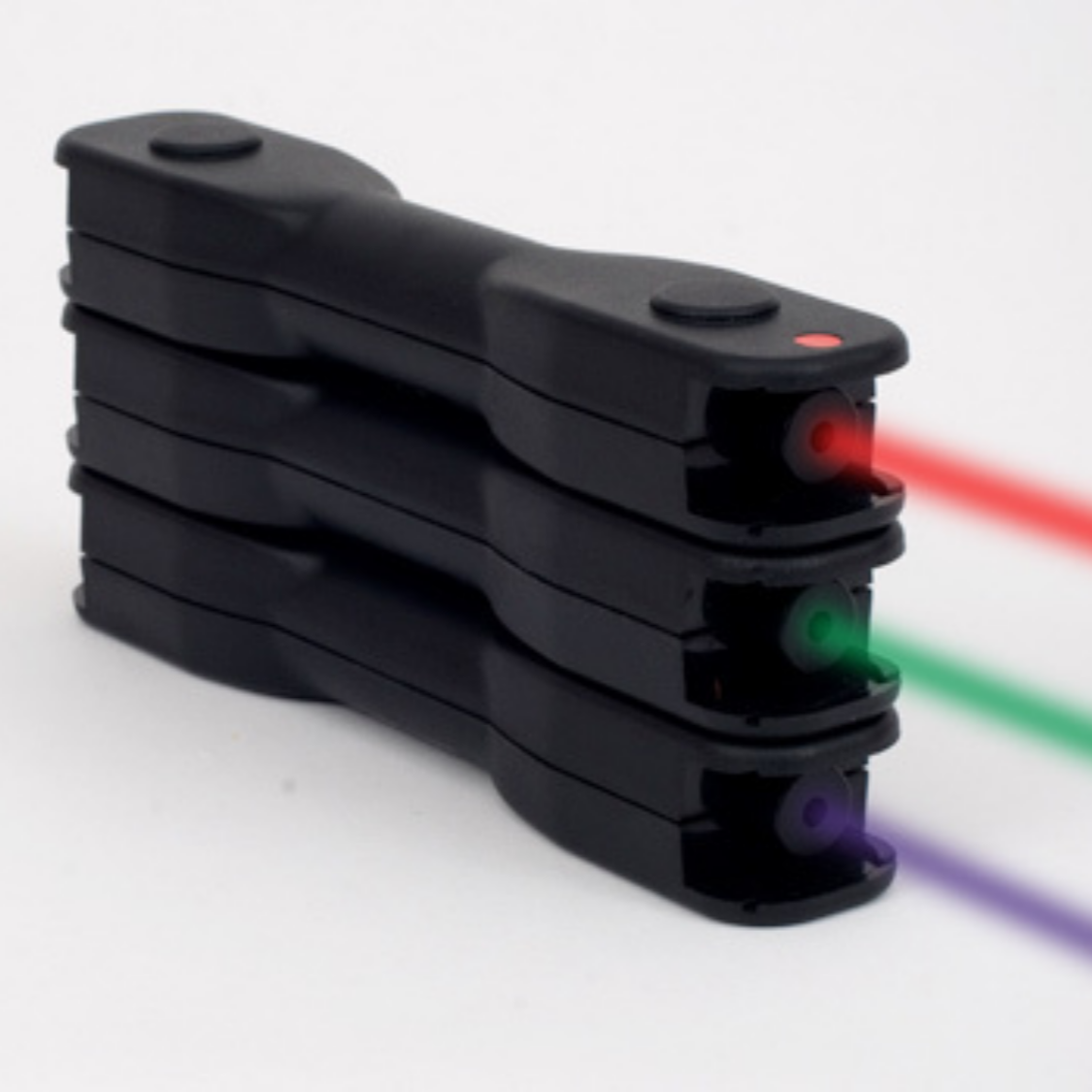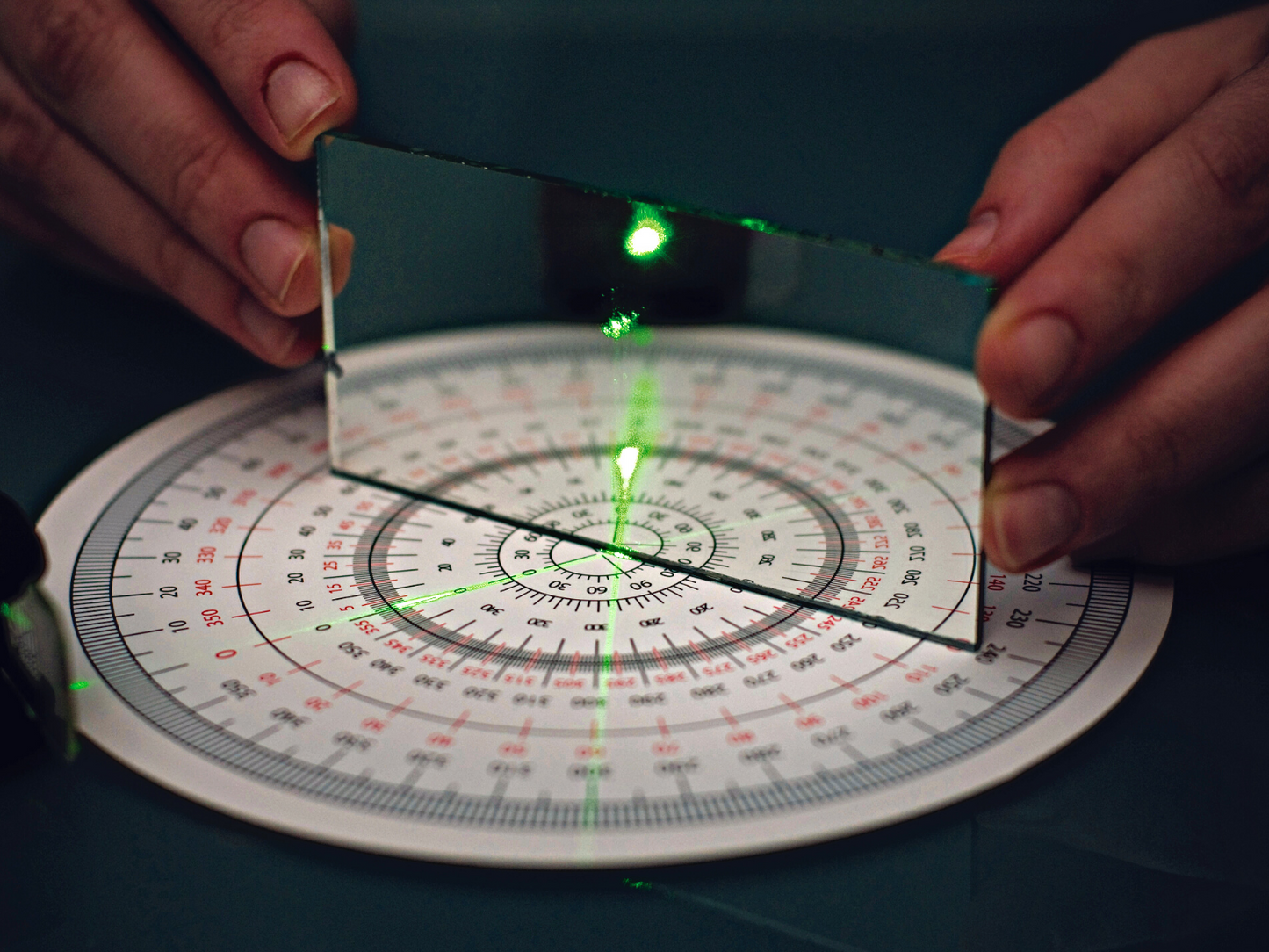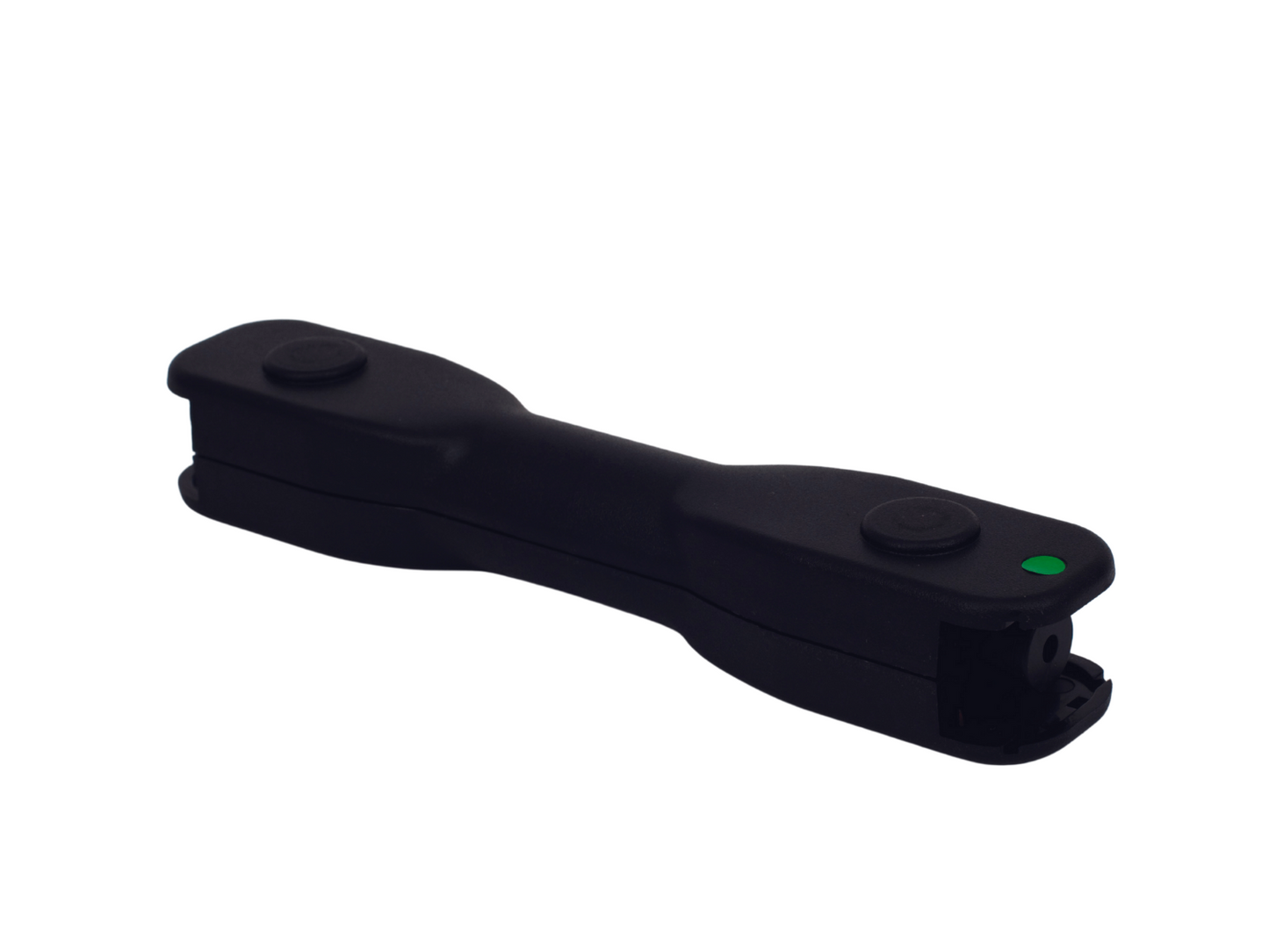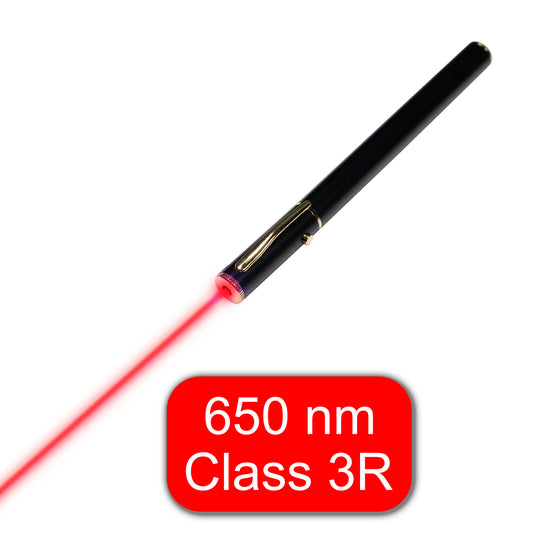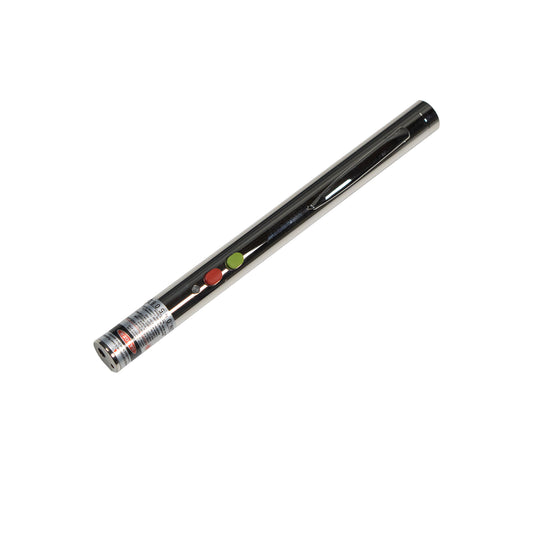Refraction is the property of light that causes it to change speed and bend as it passes from one medium to another. The degree to which the light bends or refracts depends on the index of refraction of the two media according to Snell’s Law. In this hands on lab experiment, students pass a laser beam through a hollow prism filled with water containing various known concentrations of sugar to measure and calculate the indices of refraction of each solution. Finally students use the data they collected and calculated to estimate the sugar content of an unknown solution.
Grade Range: 7-12+
Duration: 60-90min
Supplies:
- Laser Blox
- Hollow acrylic prism
- Graduated cylinder
- Stirring rod
- Sugar
- Water
- Gram scale
- Plain white paper
- Tape
- Tape measure
NGSS Connections:
NGSS HS-PS4: Waves and their Applications in Technologies for Information Transfer
NGSS Disciplinary Core Ideas:
Wave properties
The wavelength and frequency of a wave are related to one another by the speed of travel of the wave which depends on the type of wave and the medium through which it is passing.
NGSS Science and Engineering Practices:
Using Mathematics and Computational Thinking:
- Use mathematical representations to describe a simple model for waves that includes how the amplitude of a wave is related to the energy in a wave.
- Develop and use a model to describe that waves are reflected, absorbed, or transmitted through various materials.
- Integrate qualitative scientific and technical information to support the claim that digitized signals are a more reliable way to encode and transmit information than analog signals.
- Create and/or revise a computational model or simulation of a phenomenon, designed device, process, or system.
- Use mathematical, computational, and/or algorithmic representations of phenomena or design solutions to describe and/or support claims and/or explanations.
- Apply techniques of algebra and functions to represent and solve scientific and engineering problems


